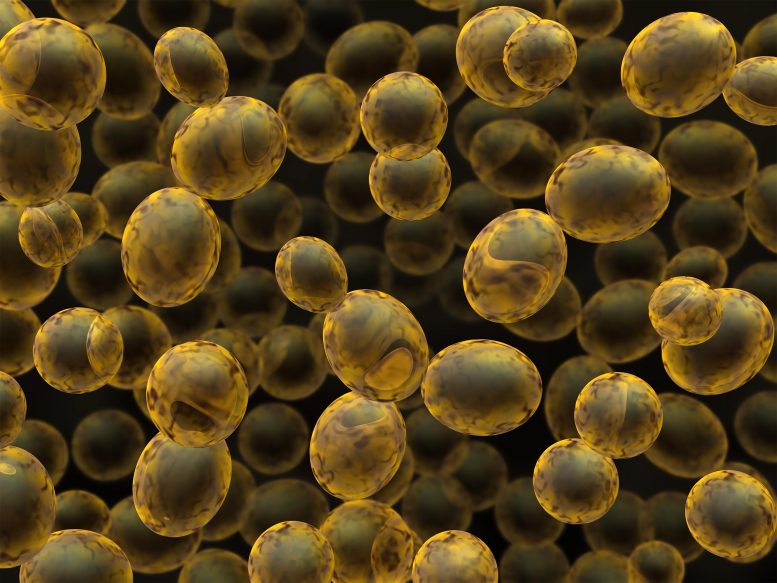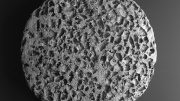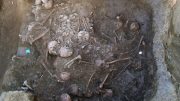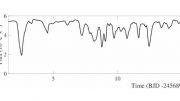
A new study revealed that cells healing wounds compete with their mechanism for maintaining asymmetric shapes, known as cell polarization, by redirecting molecules to the wound site instead. Credit: Harvard Medical School
A newly published study describes how a cell reorganizes its infrastructure to heal a wound, finding that for this process the cell uses formins, key cytoskeleton proteins.
The new study shows that the way cells heal wounds competes with the mechanism that generates and preserves their asymmetric shape. Asymmetric cell shape, or cell polarization, is a property of many cells, such as neurons, migrating leukocytes, and sperm cells.
Cells resolve the conflict by halting the polarization process and diverting molecules to the wound site instead, much in the same way construction workers might be pulled away from their assigned duties to address an emergency structural issue.
“The ability to rapidly reorganize is essential,” said David Pellman, HMS professor of pediatrics and cell biology at Dana-Farber Cancer Institute, and primary investigator of the study. “You can’t get a wound-healing response in a polarized cell otherwise—the architecture has to be disassembled or else the cell will die.”
These findings were published online in the June 21 issue of Cell.
To understand how the cell reorganizes its infrastructure to heal a wound, Pellman’s lab used budding yeast, a unicellular organism that becomes highly polarized during cell division. A laser was used to wound the cell, at which point the team observed that the normal architecture of the cell was disassembled and reorganized at the wound site. A new protein degradation pathway, mediated by protein kinase C (PKC), facilitated this disassembly and reorganization process. The asymmetrical shape of the yeast was preserved, but the budding of the daughter cell was interrupted in order to heal the wound.
The researchers found that for this process the cell uses formins, key cytoskeleton proteins. One such protein, actin, is present in filaments and cables in the cytoskeleton. When recruited to the wound site, actin cables help close the wound, at least in part by promoting the delivery of emergency response factors and a new membrane to plug the hole.
This mechanism is not restricted to yeast. For instance, a similar process has been observed in many human cells; when this process cannot be successfully completed, it leads to the development of diseases such as muscular dystrophy. The mechanism is also not limited to wound healing—all cells that undergo cell division must make a coordinated effort to seal the site of division.
“In a way, cell division is a wound,” said Pellman. “The cell divides itself in half and the site of division is closed and healed. So it’s only natural that polarization and wound healing use the same factors.” Pellman also speculated that during evolution, the ability to heal a membrane wound might have developed concurrently with the cell’s ability to divide. “It’s likely to be a fundamental and ancient property of dividing cells.”
According to the researchers, these findings may have implications for regenerative and aging-related medicine.
Reference: “Proteasomal Degradation Resolves Competition between Cell Polarization and Cellular Wound Healing” by Keiko Kono, Yasushi Saeki, Satoshi Yoshida, Keiji Tanaka and David Pellman, 21 June 2012, Cell.
DOI: 10.1016/j.cell.2012.05.030
The study was funded by the National Institutes of Health (grant GM61354) and the Howard Hughes Medical Institute.








Be the first to comment on "The Mechanics of Cellular Wound Healing"